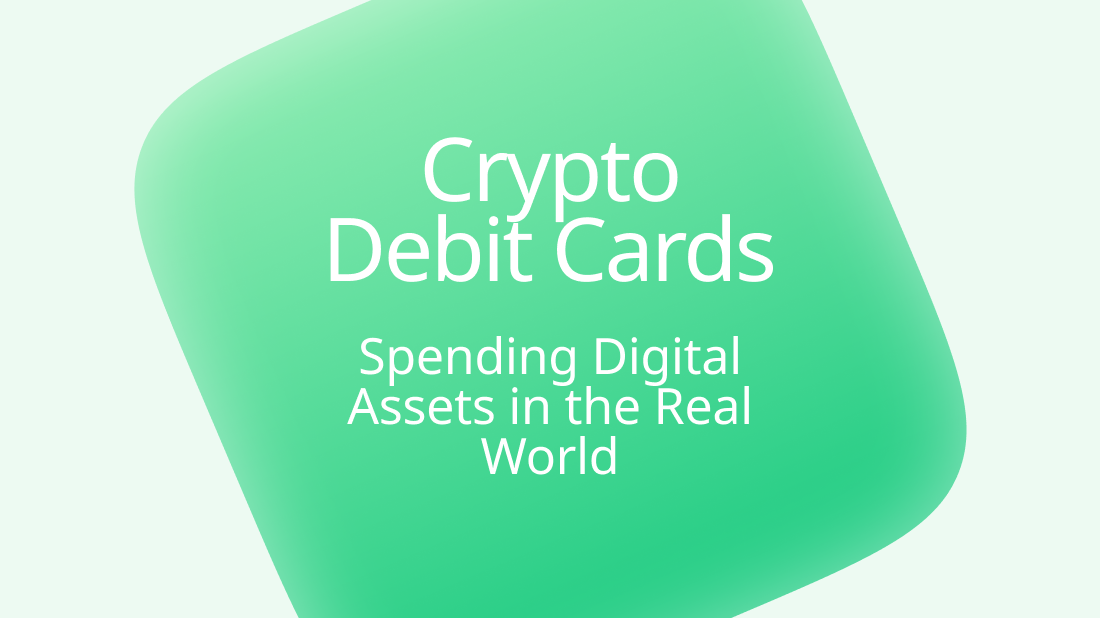Understanding Central Bank Digital Currencies (CBDCs)
.png)
As the financial landscape continues to evolve, Central Bank Digital Currencies (CBDCs) have emerged as a significant development, capturing the attention of governments, financial institutions, and the public. This article delves into what CBDCs are, how they differ from cryptocurrencies, and their potential impact on the global financial system. Additionally, we explore the progress various countries have made in developing and implementing CBDCs.
What Are Central Bank Digital Currencies (CBDCs)?
Definition and Purpose
CBDCs are digital forms of a country's fiat currency, issued and regulated by the central bank. Unlike traditional physical cash or digital balances held in commercial bank accounts, CBDCs represent a direct claim on the central bank. Their primary purpose is to provide a secure and efficient means of payment, enhance financial inclusion, and ensure the central bank's control over monetary policy in a digital era.
Key Features of CBDCs
- Centralization: Unlike decentralized cryptocurrencies such as Bitcoin, CBDCs are centralized and controlled by the issuing central bank.
- Legal Tender: CBDCs are legal tender, meaning they must be accepted for all debts, public and private, within the issuing country.
- Digital Nature: CBDCs exist purely in digital form, designed to complement or replace physical cash.
How CBDCs Differ from Cryptocurrencies
Control and Regulation
One of the most significant differences between CBDCs and cryptocurrencies lies in their control and regulation. CBDCs are issued and overseen by central banks, ensuring regulatory compliance and stability. In contrast, cryptocurrencies operate on decentralized networks, often without a single governing authority, which can lead to higher volatility and regulatory challenges.
Purpose and Use Cases
CBDCs are primarily designed to serve as a stable, government-backed medium of exchange and store of value. Cryptocurrencies, on the other hand, were initially created as alternatives to traditional currencies, with diverse use cases ranging from speculative investment to decentralized finance (DeFi) applications.
Security and Privacy
While both CBDCs and cryptocurrencies utilize advanced cryptographic techniques to ensure security, their approaches to privacy differ. CBDCs are likely to incorporate measures to prevent illicit activities while maintaining user privacy to some extent. Cryptocurrencies like Bitcoin offer pseudonymity, where transactions are public but the identities behind them are obscured, while privacy-focused coins like Monero emphasize complete anonymity.
Potential Impact on the Global Financial System
Financial Inclusion
One of the most promising aspects of CBDCs is their potential to enhance financial inclusion. By providing a digital payment solution accessible to anyone with a smartphone, CBDCs can help bring unbanked and underbanked populations into the formal financial system. This is particularly impactful in developing countries where access to banking services is limited.
Monetary Policy and Stability
CBDCs offer central banks new tools for implementing monetary policy. They can enable more direct and immediate transmission of monetary policy measures, such as adjusting interest rates or distributing stimulus payments. Additionally, CBDCs can enhance financial stability by reducing reliance on private payment systems and mitigating risks associated with digital currencies issued by non-regulated entities.
Cross-Border Transactions
CBDCs have the potential to revolutionize cross-border transactions by reducing costs and increasing speed. Traditional cross-border payments are often slow and expensive due to the involvement of multiple intermediaries. CBDCs can streamline this process, making international trade and remittances more efficient and accessible.
Progress in Developing and Implementing CBDCs
China: Digital Yuan (e-CNY)
China is at the forefront of CBDC development with its digital yuan, also known as e-CNY. The People's Bank of China (PBOC) has been conducting extensive pilots in various cities, allowing users to make transactions using the digital currency through mobile apps. The e-CNY aims to complement cash and reduce the dominance of private payment providers like Alipay and WeChat Pay.
European Union: Digital Euro
The European Central Bank (ECB) is actively exploring the introduction of a digital euro. In 2021, the ECB launched a two-year investigation phase to assess the feasibility and design of the digital euro. The goal is to ensure that the digital euro complements cash and existing payment methods, providing a secure and efficient digital payment solution for the Eurozone.
United States: Digital Dollar
In the United States, the Federal Reserve has been conducting research and public consultations on the potential issuance of a digital dollar. While no formal decision has been made, the Federal Reserve acknowledges the importance of understanding CBDCs' implications for monetary policy, financial stability, and privacy.
Other Countries
Several other countries, including Sweden, Japan, and the Bahamas, are also making strides in CBDC development. Sweden's Riksbank is testing the e-krona, Japan's central bank is conducting proof-of-concept experiments, and the Bahamas has already launched the Sand Dollar, the world's first fully operational CBDC.
Conclusion
CBDCs represent a transformative development in the financial world, offering the potential to enhance financial inclusion, improve monetary policy effectiveness, and streamline cross-border transactions. While they differ significantly from cryptocurrencies in terms of control, purpose, and regulation, both play crucial roles in the evolving digital economy. As countries continue to explore and implement CBDCs, their impact on the global financial system will undoubtedly be profound, paving the way for a more inclusive and efficient financial future.
By understanding the nuances and potential of CBDCs, we can better appreciate their role in shaping the future of finance and prepare for the changes they bring.












